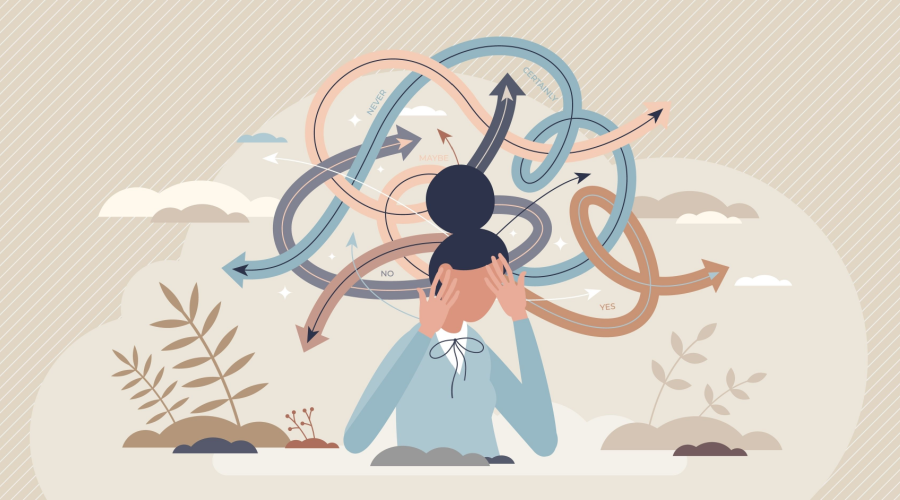1. The Problem: Why You Can’t Focus
If you’ve ever had trouble focusing, you know how frustrating it can be. It’s hard to get work done, have conversations, and enjoy leisure activities when you can’t concentrate on anything.
There are many reasons why someone might have difficulty focusing. It could be due to a medical condition like ADHD or anxiety. It could be a side effect of medication. It could be due to stress or sleep deprivation. Or, it could be simply a matter of having too much on one’s mind.
Whatever the cause, the result is the same: it’s hard to focus on anything. This can make it challenging to get work done, have conversations, and enjoy leisure activities.











